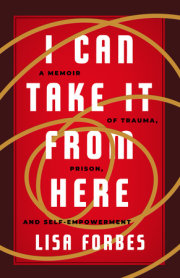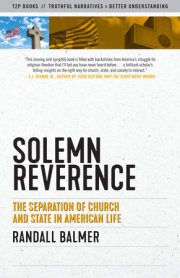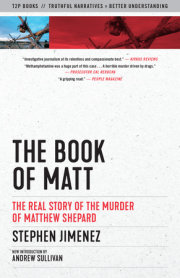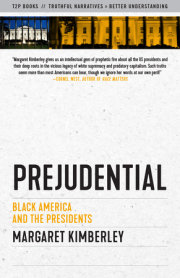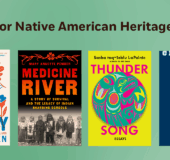Introduction
In writing a book about #MeToo, I could have gone two ways.
The first, the easy route, would have been to lean into my own frustrations, anger, and indignation at the world, developed during thirty-four years of living as a human female. I could have collected those grievances—all those times that a man took credit for my work or a date pushed too far, or that time in a taxi when I barely escaped from the driver. I could have harnessed all the memories of men telling me to “Smile!,” of my ideas not being taken seriously on account of my gender, of having my butt patted on the street or on public transit or at a bar. And I could have rolled it all in with the gnawing reality that in Canada (where I’m from) women continue to earn less for the same work as men, represent only a quarter of House of Commons seats (it’s roughly the same in the US Senate and House of Representatives) and as of recently, total exactly one CEO among the top hundred most influential companies in Canada. In the United States, 2020 marked a ground-breaking year for women in business with an all-time high number of women helming Fortune 500 companies. That all-time record: 37. Out of the 500 largest. That situation doesn’t even begin to approach the level of inequality for women of colour or for women in countries where by law they’re second-class citizens, where they’re under the thumb of male guardians, where their access to education is limited, where they’re routinely subjected to sexual violence as part of domestic life, or civil strife, or war. And then I could have taken that Molotov cocktail of resentment, lit it on fire, and lobbed it into the world, screaming, “Burn it all down!” That’s a book that would have earned me a lot of love on Twitter. It would have been simple to talk about and promote. The fury that many women are experiencing and voicing right now is real and warranted, and writing 70,000 words about why would have been cathartic.
But that is not the book I’ve written.
At the time I started researching this book, I’d already spent more than two years immersed in many of these issues. I’m a journalist with
The Globe and Mail, a national newspaper in Canada, and in the summer of 2015 I began investigating how police handle sexual assault allegations. As part of that research, I interviewed well over a hundred people connected to the criminal justice system—sexual assault complainants, police officers, lawyers, judges, sexual assault nurses, academics, activists, and front-line support workers. I’d read through thousands of pages of court transcripts and police files. Building on what I’d learned through that reporting, I turned my mind to #MeToo. I thought I’d have firm opinions on everything related to the movement, but the more I read, the more I pushed myself beyond the confines of like-minded social media silos, the more open conversations I had with those in my social and business circles, the more I realized that that approach wasn’t going to cut it. It’s been done. I came to see that a more useful and honest book about #MeToo wouldn’t shy away from the tough questions that the movement has raised.
Unfortunately, as a culture we aren’t very good at having nuanced, complicated discussions. The public space is not a safe venue to talk about controversial subjects. Social media has seen to that. Instead, people are talking it out in private, with friends they trust not to rip them apart on Twitter. My goal with this book is to bring those discussions into the open.
Before you start reading, here are some things you should know: As mentioned, I’m a Canadian journalist, so unsurprisingly, some of what is covered in this book concerns events that occurred on my side of the border. However, the storylines will be familiar: a botched rape investigation by police, a disgraced media host looking for a second chance, a judge forced to resign for relying on rape myths and stereotypes during a trial. I also rely heavily on American news articles, events and experts to explore topics such as the root of rape myths, the generational divide among feminists, the science of trauma, and tribalism. When it comes to rape culture and all the problems that flow from it, our challenges are the same. Especially in the early chapters, I spend some time looking at police, the courts and the law. The American and Canadian justice systems are structured differently, but the fundamentals are similar. Biases permeate both of our societies and that taint extends into the legal system. What this means for sexual assault cases — which almost always come down to one version of events versus another — is that allegations aren’t always investigated well by police and prosecutors often struggle to secure convictions. (By the way, in Canada, a prosecutor is called a “Crown,” because Canada is a constitutional monarchy and these attorneys are acting on behalf of Queen Elizabeth II.) Throughout the book, I will make the case that — whatever country you’re in — we need to move away from talking about #MeToo issues through a legal lens in favour of a moral and ethical framework.
Had It Coming landed on Canadian book shelves on September 24, 2019. In the two months I spent touring after its release, I had a chance to speak with hundreds of people about the issues that I raise within these pages. At every event, I would brace myself for a fight. In these pages, I unpack some of the third rail issues around #MeToo, including due process, redemption, false accusations and the complicated nature of consent. Someone, I figured, was going to cherry pick sentences out of carefully constructed paragraphs. I was wrong. It never happened. People wanted to have this discussion and understood that it was difficult and sometimes messy. At this extraordinary moment of change in how men and women interact, the path forward isn’t simple. It’s important, I believe, to uncover and evaluate the facts, to expose outdated myths that pervade institutions, and to bring rigour, openness, and compassion in equal measure to this very important conversation. I’ve come to embrace the complexities and messiness that comes with those tough conversations. So rather than lighting a match to that oily rag, with this book I’ve tried to make the case for progress as well as healthy debate.
Copyright © 2021 by Robyn Doolitle. All rights reserved. No part of this excerpt may be reproduced or reprinted without permission in writing from the publisher.






